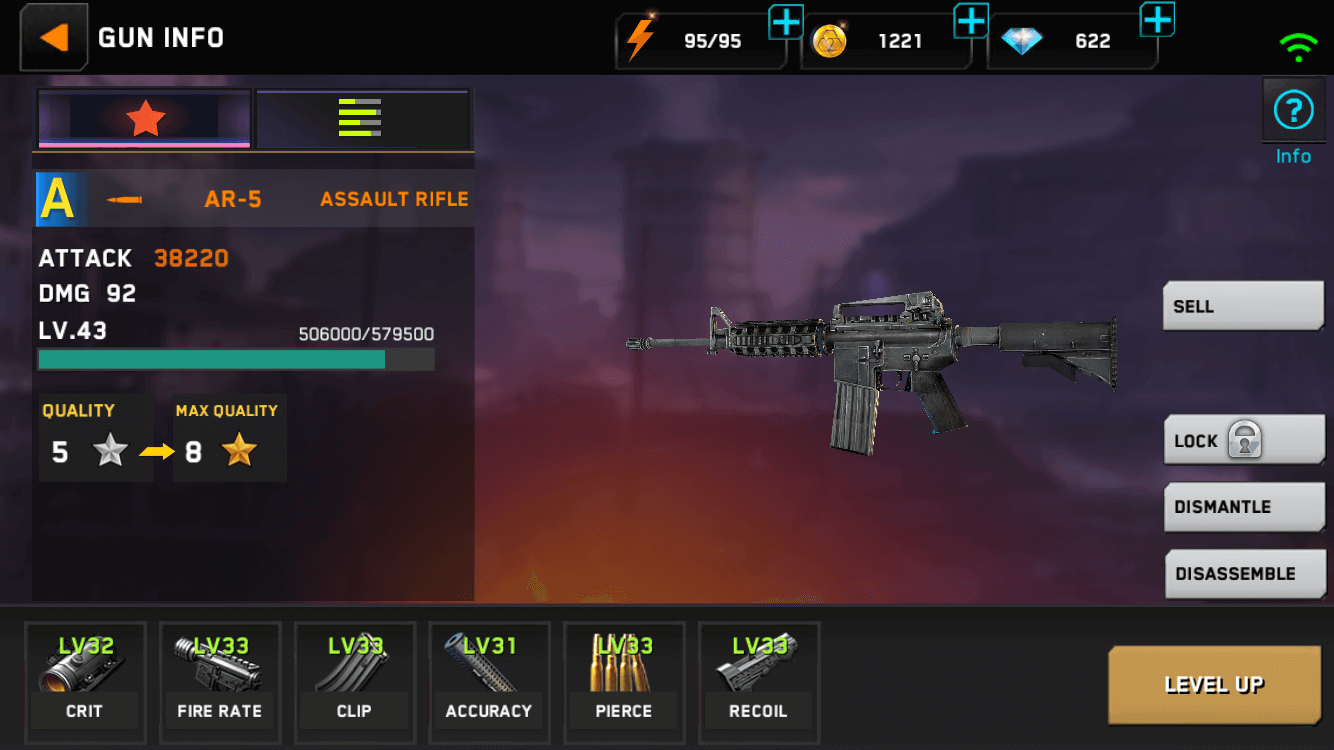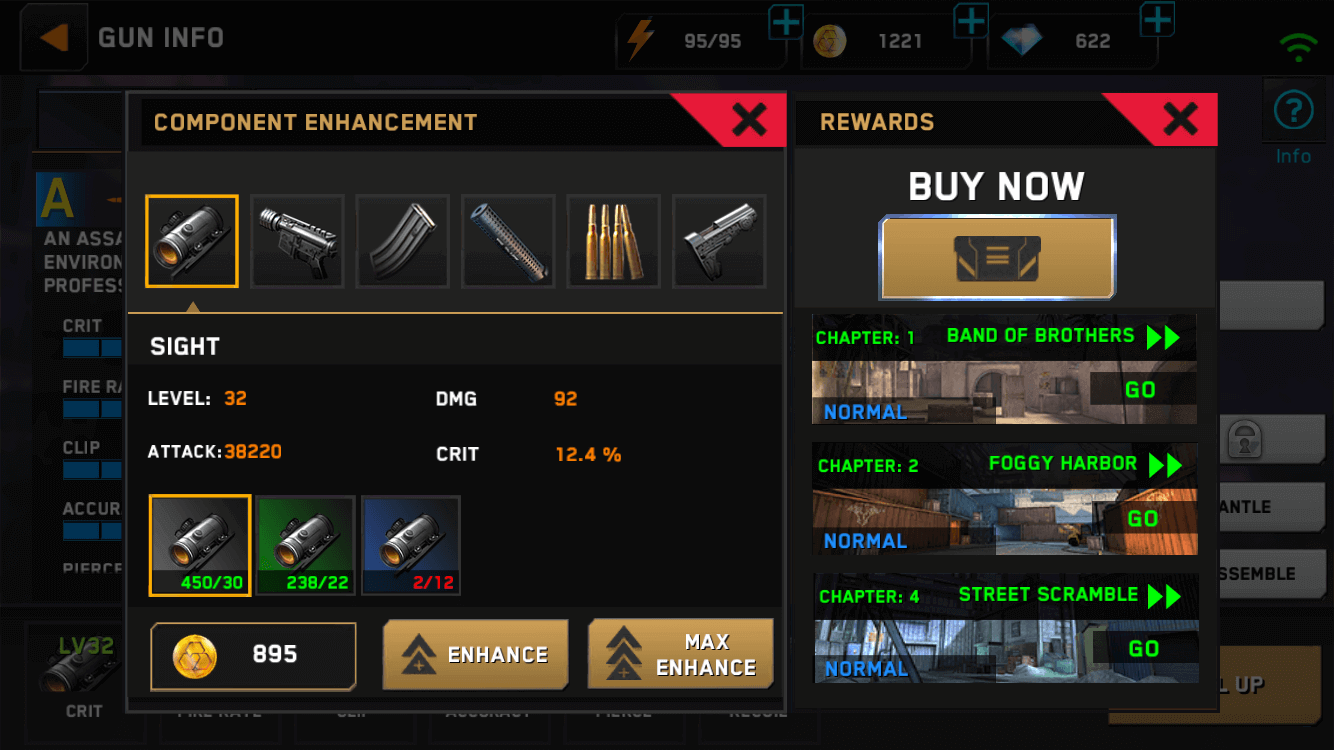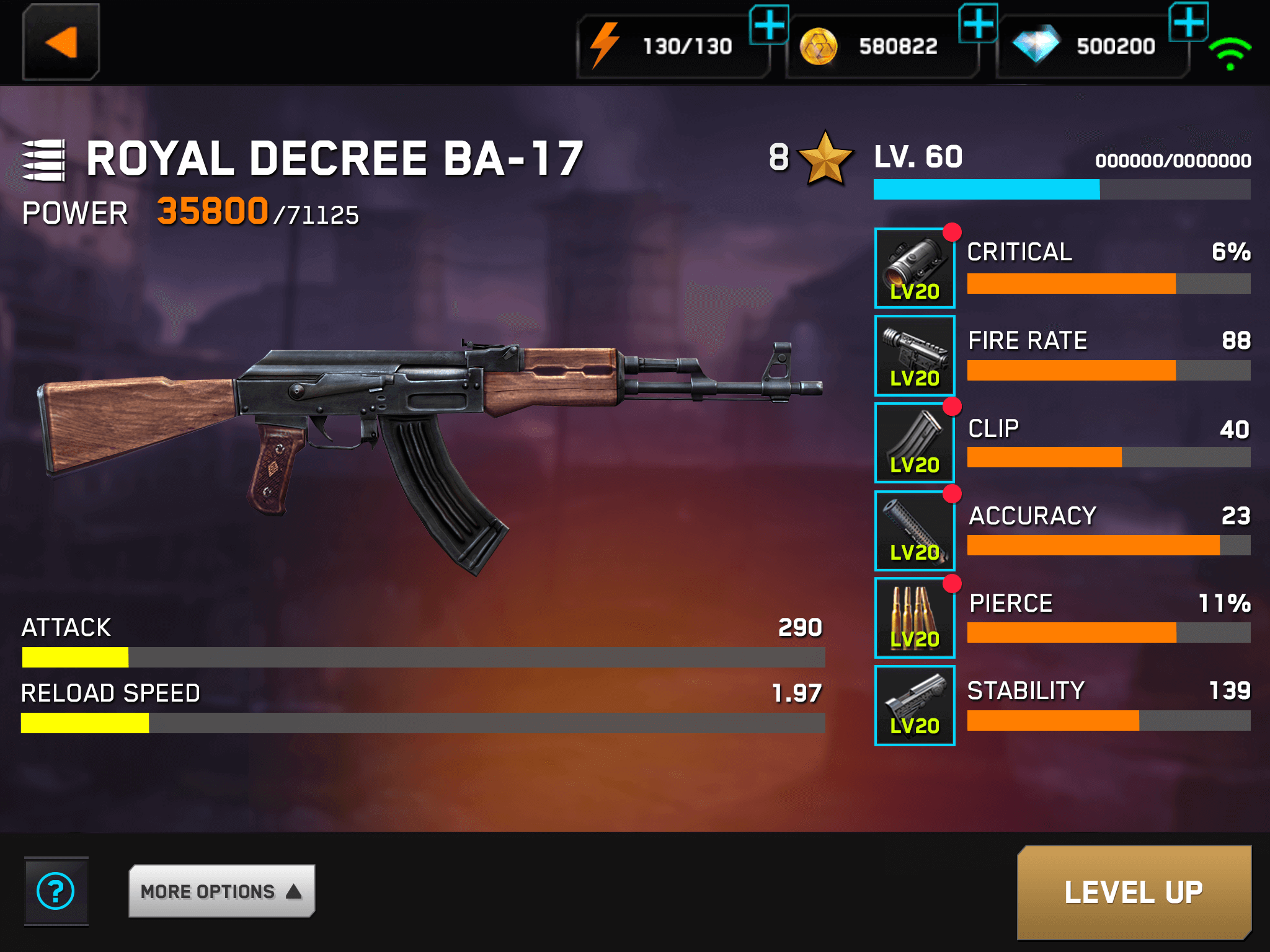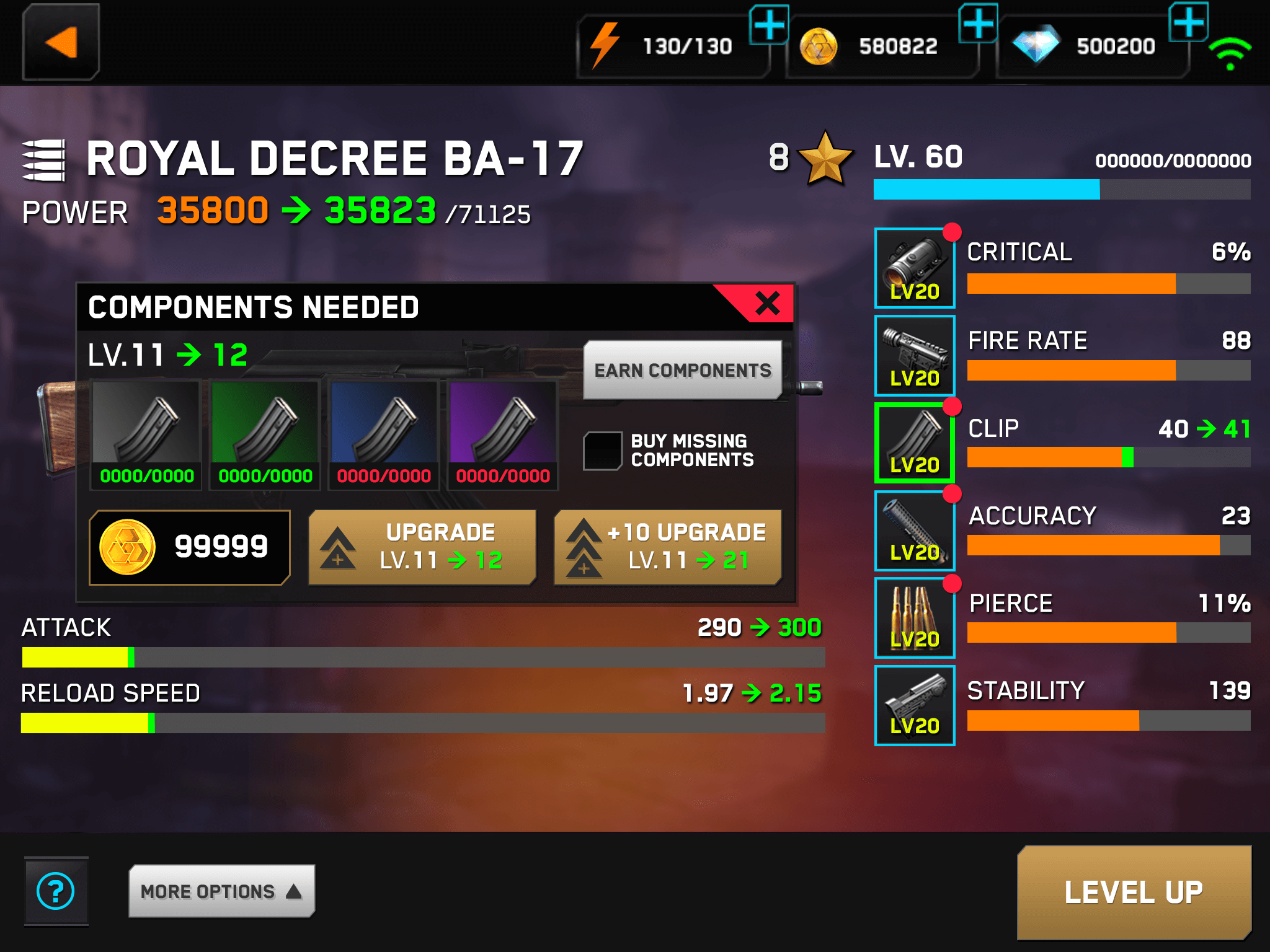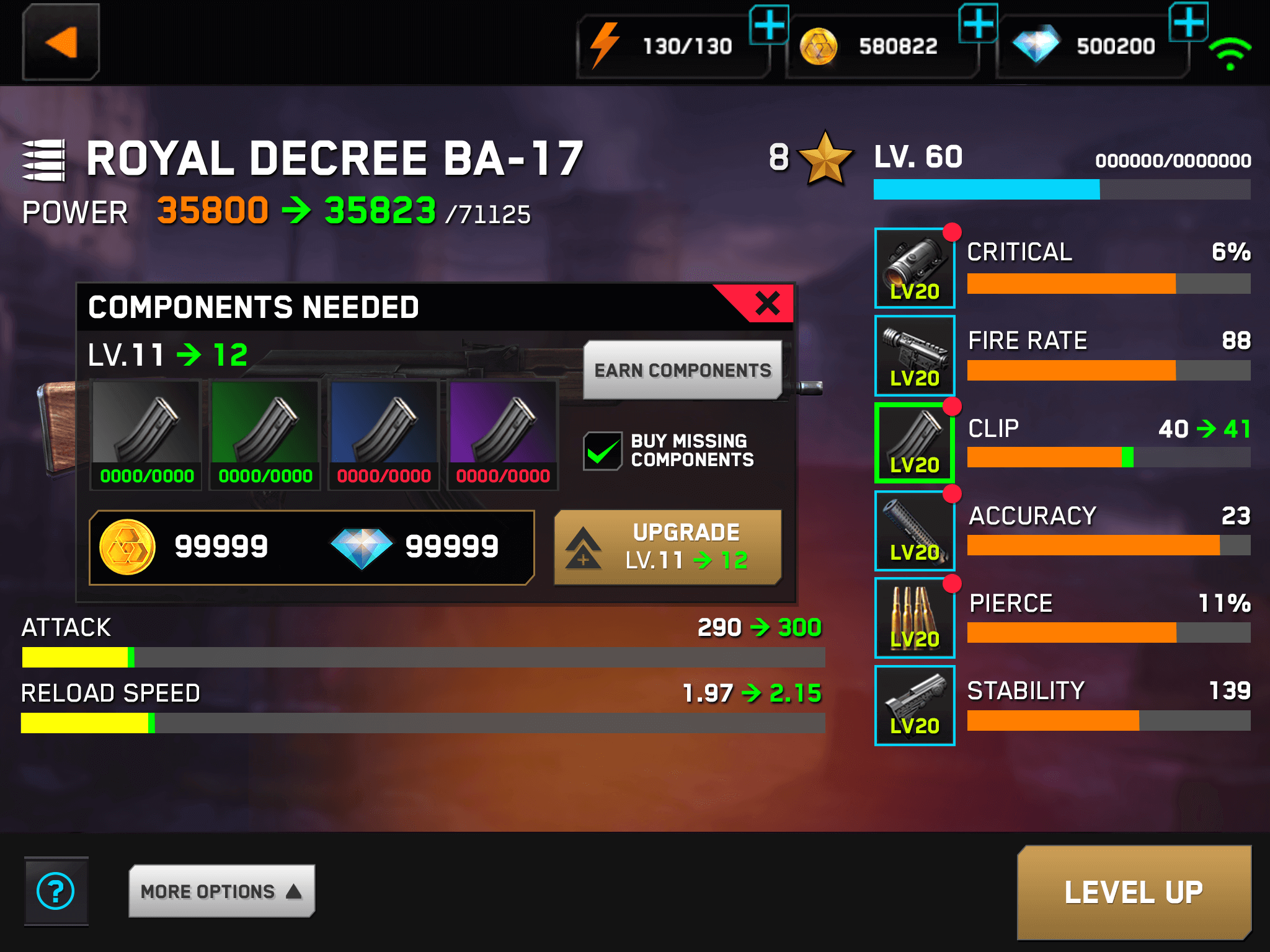
UX Case study
Upgrade systems for Rival Fire
Glu mobile, 2016
UX case study
Upgrade system for Rival Fire
Glu mobile, 2016
Project overview
Rival Fire was a re-skin of the popular Chinese game, WeFire, and Glu Mobile released this game in the United States and other western countries. During the game’s beta release, analytics showed the upgrade system for a player’s character and weapon was not monetizing well. It revealed many players were not using the upgrade system. I had to figure out why players weren’t using the system.
PROJECT OVERVIEW
Rival Fire was a re-skin of the popular Chinese game, WeFire, and Glu Mobile released this game in the United States and other western countries. During the game’s beta release, analytics showed the upgrade system for a player’s character and weapon was not monetizing well. It revealed many players were not using the upgrade system. I had to figure out why players weren’t using the system.
Understanding the issue through player research
In order to understand the issues with the upgrade system, I conducted a usability test with the upgrade systems with existing and new players.
My team also conducted a diary study with another group of players to get their feedback on the experience for the first 10 days of playing the game.
CURRENT EXPERIENCE
RESEARCH FINDINGS
- Participants found this experience to be too confusing because there’s a lot to absorb with many elements on the screen.
- A clear relationship to the parts of the weapon being upgraded and the value of the result was not apparent to users.
- Players didn’t like the progress bars being in a subview and they felt it was important information.
- The process of upgrading involved repetitive actions, including having to go through many gameplay loops to gather items needed to complete the upgrade process.
- Players didn’t know where to earn resources to complete upgrades.
- If players wanted to use real money to buy those items, they had to navigate to the game’s store to purchase them.
Defining player needs & a hypothesis
Taking the data and findings from the research study, I defined our player needs and formulated a hypothesis to guide the design.
PLAYER NEEDS
- Reduce the cognitive load in the experience so players can clearly understand the information.
- Clearly illustrate the value and the effect of an upgrade, allowing players to know the benefit of their decision.
- Allow players, who want to spend real money, to automatically purchase resources within the upgrade experience, so they do not have to leave it, making the process less repetitive and time consuming for players.
- If players cannot spend money, show them where they can earn the resources by playing the game, making it easier for them to know where to search as opposed to spending time wondering.
HYPOTHESIS
By reducing the cognitive load and making design adjustments to the upgrade process of the original design developed and created for an existing Chinese audience, we can improve the performance and the player experience of the U.S. version for a new and developing western audience.
Design solution
Design solution
Conclusions
User tests on this redesigned upgrade system were positive. And in our next beta release, there was an increase in upgrade system usage, increasing overall revenue and other success metrics.
However, this product taught my company, Glu, an important lesson because this game never met the expectations set by its release in China. Even though a game was very successful in one country, it won’t necessarily be successful in the U.S by simply re-skinning the game. You must consider how the underlying systems created for a particular audience would be received by a completely different audience and you have to adjust those systems accordingly.
Portfolio
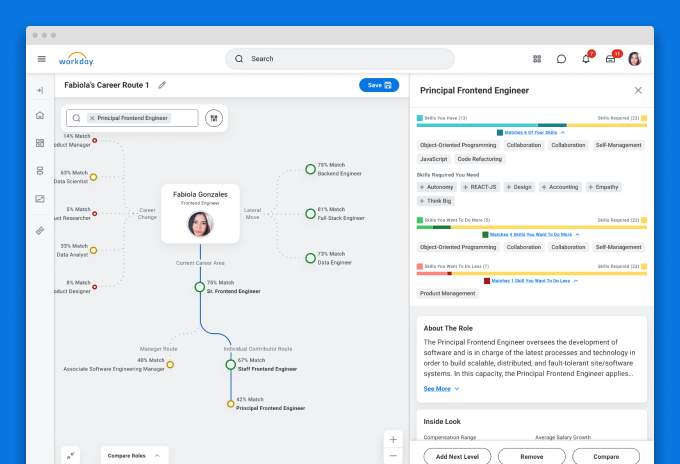
Career exploration for Workday's Career HubProduct Design
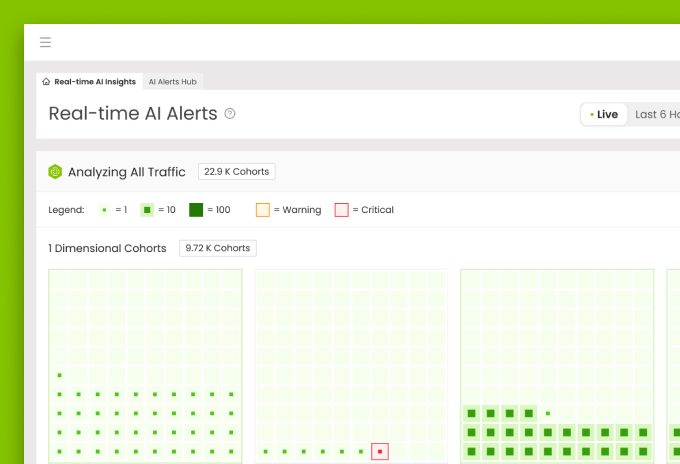
Real-Time AI AlertsData Visualization
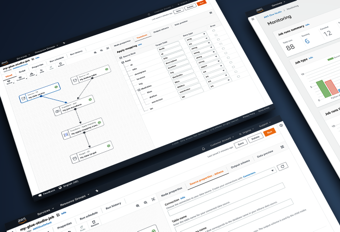
AWS Glue StudioUX Case Study

Visual authoring interface for AWS Glue StudioUX Case Study

Asurion Virtual AgentUI Design
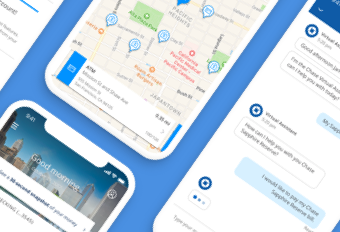
Chase mobileUI-UX Design
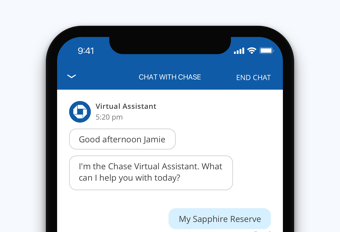
Enhanced chat for Chase mobileUI-UX design
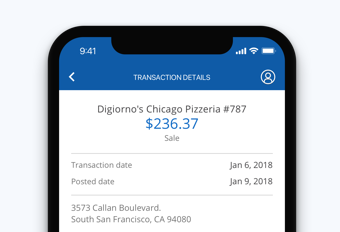
Transaction details for Chase mobileUX Case study
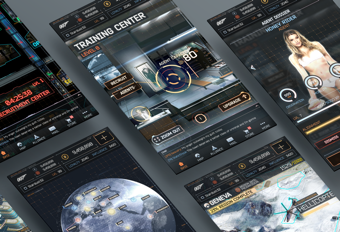
UI for James Bond 007: World of espionageDesign system
